It was more than a car; Toyota Prius was an icon of hybrid technology and, of course, fuel efficiency. Thirteen years had passed since the conceptualization in 1997, but the Prius had turned the face of the car business upside down, always seeming one step ahead in the green car wave. Nicknamed for its weirdly quirky features, great mileage and the high-end technology of hybrid, the Prius has made a trend that people and competitors follow. Taking a history, technology, design, performance, and subsequent cultural influence into the origin of Toyota Prius, why this car is stunningly relevant and influential in the current automotive world turned out to be of utmost priority objective in this article.
- Introduction
- Hybrid Revolution The latter half of the 20th century was the time when humans realized problems associated with this environment and the imperative arising from oil dependency and the future of the automobile industry. And as the world kept ordering automobiles, the environmental footprint of traditional gasoline powered cars kept on rising. As fuel prices were high and the environment was covered with a controversy, the rise in emission constraint grew by leaps and bounds. The automobile industry had to find an alternate side propulsion system. Till this day, Toyota was the biggest car manufacturer company in the world and it took enough courage to announce Toyota Prius, the very first mass produced hybrid car in the world.
Powered by both gasoline and electricity, it burned fewer gallons of fuel than any other car. In fact, it is a hybrid automobile; one category placed this firm ahead of the curve of this technology, forcing consumers to contemplate a future filled with much cleaner vehicles. Years since its release have led to numerous variants in this auto, and the Toyota Prius is quite literally one of the most successful hybrids ever made.
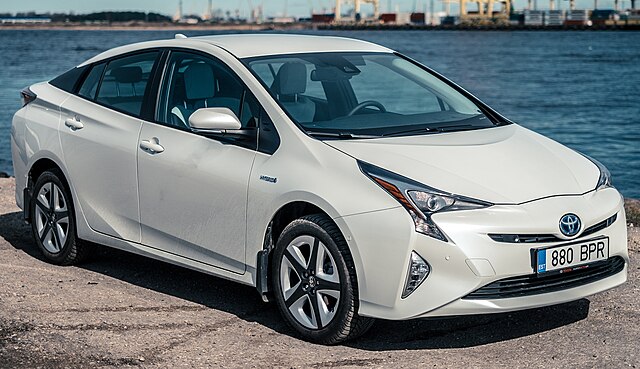
- History of Prius
2.1 History of Hybrid Technology - The concept of a hybrid automobile is hardly something that would call for something new as it dates back to the early 20th century; the first hybrid on record is said to be a 1901 Lohner-Porsche Mixte by Ferdinand Porsche that contained an electric motor combined with an internal combustion engine. However, actual innovation with hybrid technology only begins to be feasible in the 1990s with better developments in battery technology to such an extent that fuel consumption, and consequently emissions, were becoming a serious cause for concern.
As of Toyota Prius, their research into hybrid technologies had been developed even before the 1970s but they only developed the idea of the Prius in 1994. According to the vision of Toyota, the company was one to pioneer a vehicle that would provide low emission and excellent fuel economy without losing out on high performance. What the company came up with was an approach which combined ICE with electric motor power, through what commonly is known as the “Toyota Hybrid System” or THS.
In 1995, Toyota put on the road a concept car called “Prius,” which interestingly enough happens to be Latin for “to go before.” In 1997, the Toyota Prius was going to be a mass-produced hybrid automobile that was shipping over to Japan. This car will house a 1.5-liter gasoline engine and an electric motor fused with a battery pack that conserved many more gallons of fuel than a regular model.
2.2 Toyota Prius Launch
However, Toyota Prius seemed not to be even proud as they drove off the first Prius in Japan rolling out. In other words, the firm was not really holding much hope for the new automobile since the hybrid technology was never tried before, and the vehicle was not that appealing to the consumers due to the simple reason that the latter were still in two minds whether the vehicle was possible. However, it proved that Prius was going to be a good hit in its home market mainly due to friendliness toward the environment and efficiency.
Before 2000, Toyota had already decided on sales of the Toyota Prius outside Japan, marketing it in Europe and the United States. Other than its technological innovations, great design attracted much attention-the look cannot be equaled by others. Its aerodynamics give the car a futuristic look that nobody else can beat. Simultaneously, low emissions with high fuel efficiency illustrate the environmentally conscious consumer.
- Prius Revolution: Models and Generations
Barely any generation of the Toyota Prius has ever had more performance, tech, and design than that. It would be much easier to break down all the significant changes and developments of each generation of Toyota Prius in pictures below .
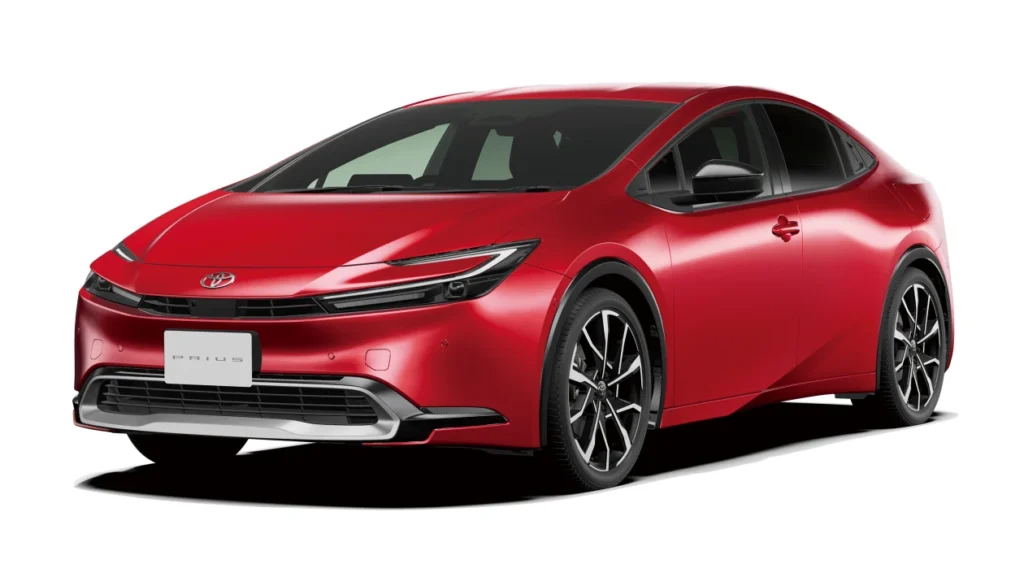
3.1 First Generation (1997–2003)
The first generation of Prius sales made use of a series-hybrid system that coupled an electric motor with a 1.5-liter gasoline engine. Both motors work to ensure effort is shared, working towards maximum efficiency in fuel usage. The hybrid system also allows the use of the gasoline engine, which automatically cycles on/off as one uses much energy, for example while climbing steep hills.
Estimated at a whopping 41 MPG average, an EPA city-compliant city manager for first-generation Prius, and highway to highway good for another 41 MPG. It was a handsome hatch with a futuristic yet aerodynamic profile. As advanced in technology as it was, it was still a car raising some eyebrows amongst the concerned people over its price and lesser dimension. Still, this vehicle’s fuel efficiency and friendliness towards the environment were beginning to pick up over the environmental-conscious buyers; hence, Toyota Prius was gaining popularity.
3.2 Second Generation (2004–2009)
But in fact, issues of design and performance actually place the second generation Toyota Prius to be spoken for when it finally hits the road in 2004 as on a higher level of evolution from those that preceded it.
It was designed in such a fashion so as to make its exterior even more aerodynamic to be able to give it an appearance even slicker than all its peers of that time. This meant that aside from the hybrid system, its rate of fuel efficiency was improved with maximum power. The engine had been upgraded to a highly efficient 1.8-liter engine, while the electric motor had also been upgraded for performance based on the 1.5-liter engine. The second generation Prius is much larger in size and sold around the world in many more countries: North America, Europe, and Japan.
Concerned by Toyota Prius that it would be too expensive to manufacture and the issues compelling it to innovations in car technology and space inside that car did turn out to be magnificent world success for the Toyota Prius. Its fuel economy had risen to an astounding 48 mpg city and 45 mpg highway, one of the best fuel economic cars to ever be driven. 3.3 Third Generation 2010 – 2015
The third-generation 2010 Prius were much bigger and far more technologically advanced with a higher comfort degree and technology.
In all respects, the third generation Prius were the same but still foreign-made, brought a new updated look on the front of a new Prius, sharper corners, and an overall sleeker design. Toyota Prius was now unveiling an entirely different one that was still more powerful with a 1.8-liter engine and even the hybrid system to further brag about its fuel efficiency.
The third generation of the model scored 51 in the city and 48 on the highway, making it one of the most fuel-efficient cars to ever come out. The same generation brought its latest features in technology along with a better infotainment system and even added features of more importance with significant safety features. Aerodynamic was also minimized within the very-own surface of this car.
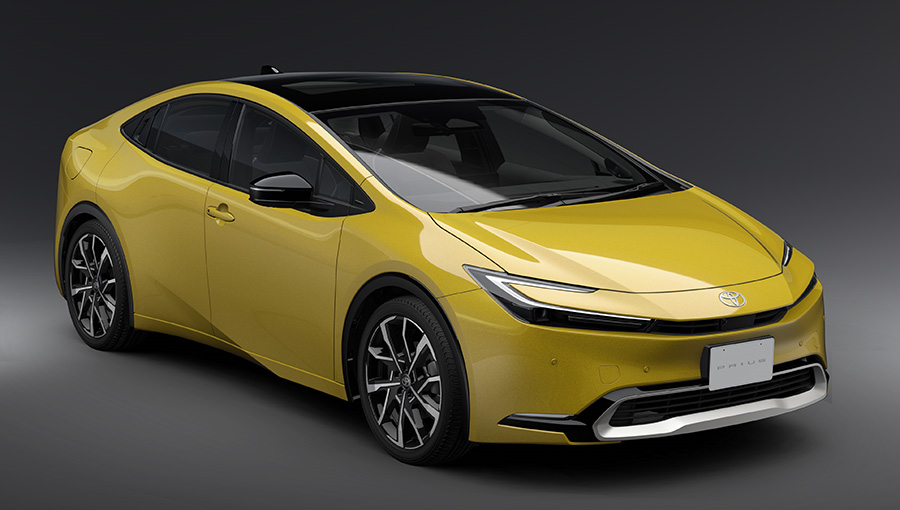
3.4 Fourth Generation (2016–2022)
This was long on the cards, and the fourth generation of the Prius spied out on roads in 2016. The new generation was wholly new in the designs from others that came before.
Aggressiveness and angular lines had also made this car even more strikingly modern than its predecessors. It also boasts the most fuel-efficient hybrid powertrain ever made with the combination of a 1.8-liter engine and an electric motor.
Even the fuel economy numbers got further improved: 58 city and 53 highway mpg. This generation came in with TNGA that would thus ensure that the vehicle had an improved ride comfort and handling through the integrity of the car’s structure. This edition, as far as driver assistance features are concerned, was somewhat branded among the series. From the range of available technologies, a group called Toyota Prius Safety Sense covers everything from lane-departure warning right through to pre-collision up to adaptive cruise control.
3.5 Fifth Generation 2023-Present
The company finally rejuvenated the brand-new 2023, fifth generation Toyota Prius this time taking another step forward by the designs and the performances. New Prius designs appear much slimmer both outside and inside with a futuristic look. It has a refined hybrid system for better even fuel efficiency rating to an estimated 57 mpg city and 53 mpg highway.
A rather huge difference in this new generation is all-wheel drive is now tacked on so the car will much better be lots usable in even colder climates. Toyota Prius brought the plug-in version of the Prius so the customer can run on electric power alone over shorter distances with still savoring the benefits associated with a hybrid.
- Toyota Prius Technology : How Hybrids Lead Technology Innovation
Hybrid technology is essentially the backbone of what made Toyota Prius such a gigantic success story. The technology enables it to utilize a hybrid that consists of an ICE and an electric motor to maximize efficiency in fuel consumption in automobiles. For instance, it transitions between or combines both means of power depending on the conditions brought about by the conditions of driving to give one a smooth ride.
4.1 Toyota Hybrid System (THS)
The Toyota THS is a two-continuously variable transmission system, which mates an ICE with an electric motor to achieve the highest possible fuel economy in car propulsion. Since its release, it gained considerable attention as a new departure in the car propulsion that has even dethroned gasoline-only internal combustion engines as the highest fuel efficiency ratings.
It is the THS that basically makes the Toyota Prius both fuel and performance-friendly. That means, in simple words, THS is an in-series placement of an internal combustion engine, electric motor, battery pack, and a power split device. Such grace was well blended by the hybrid workers. The system forms part of a power-split device, which does create for an extremely clear role but does permit the car to be flipped between electric-only and gasoline-only, thus permitting combined power source drives without interrupting fluid flowing movement.
The acceleration will be very smooth because the Toyota Prius will ensure that there is an electric motor that will deliver instant torque; therefore, the acceleration will be very smooth and contribute to exceptional fuel economy. At low speeds and stop-and-go, the Toyota Prius can run on electric power alone, which means that no gasoline will be consumed, and there will be zero tailpipe emissions. While cruising at higher speeds or during acceleration, the petrol engine would supplement electrical power drawn from the electric motor in order to enhance the completeness of fuel consumption efficiency.
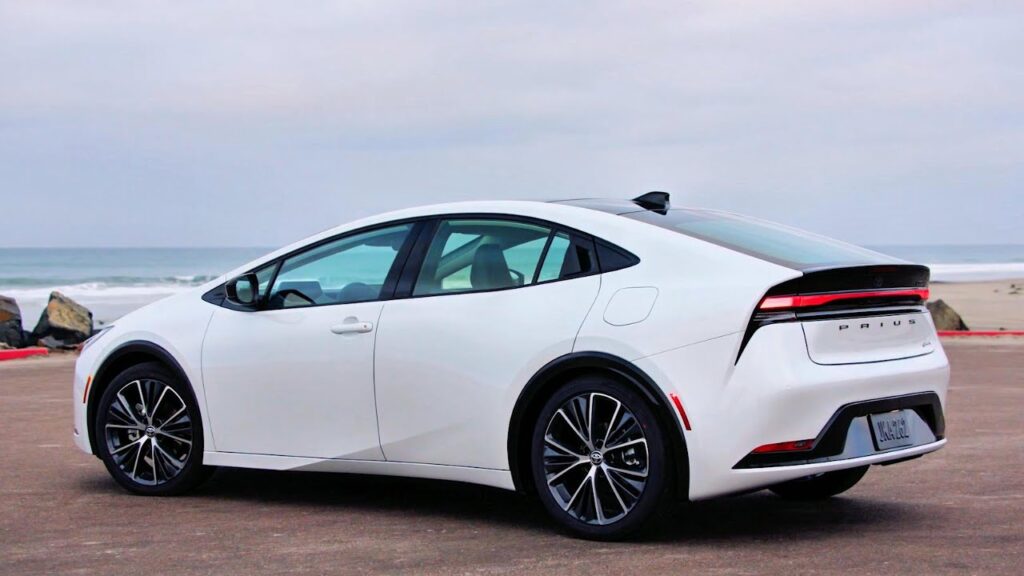
4.2 Regenerative Braking
One of the high tech perhaps in Prius is regenerative braking that captures energy generated due to braking and then supplies it later into a pack of batteries. This energy will be used later to complete the charging of a motor run by a battery, thus making fuel efficiency pretty high without having to also rely on a gasoline engine completely .
4.3 Advanced Driver-Assistance Systems (ADAS)
The company has been streamlining the Prius for the past years to include the latest safety features and assistive drive features. With the fourth generation of the Prius came Toyota Safety Sense, incorporating active and passive security features. Some of these include;
PCS with pedestrian detection
LDA with steering assist
ACC
AHB
This achieves maximum functional safety with accident prevention at minimum.
Infotainment and Connectivity:
Apart from these, more new infotainment options are also accompanied with an inbuilt touchscreen display, Apple CarPlay, Android Auto, and Amazon Alexa. The system has aligned itself with the listening craving, navigation, and applications that cater to communication and elevates the infotainment of Prius that enables the car to be much more connected and user-friendly.
- Environmental Impact: Prius as a Green Car
The Toyota Prius has been a companion to environmental sensitivity for years. The hybrid technology was even better than the ordinary petroleum-based engine in fuel economies. That in return means a reduction in carbon emissions and fossil fuel dependency. These have been the tools where such success is concerned, even inspiring more car technologies that lead the way at the forefront of environmental considerations.
5.1 Carbon Footprint Minimization
Perhaps, the biggest plus that Prius brought is the reduction of emissions in terms of C02. Contrasted to others, the Prius emits much lesser C02, which means that there is a minor footprint of carbon from the automobile industry. With the fine-tuning of its hybrid system and further enhancement of fuel economy, Toyota made the Prius one of the most “green” cars that traverse the roads in the last two years.
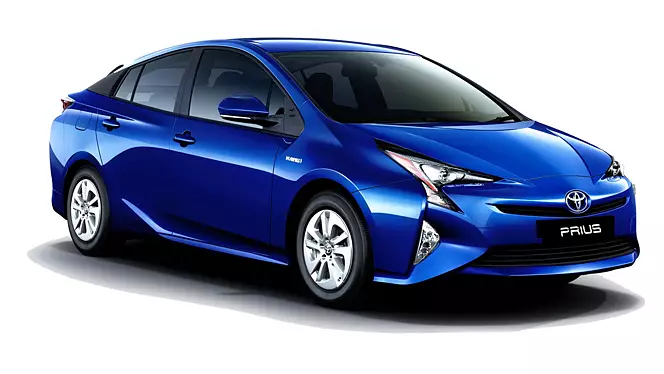
5.2 Industry Effects
This brought out other car makers to pump out their hybrid and electric variants. The market was now ready to splurge on such a little fuel-friendly and “green” automobile. With this, a revolutionized change was brought into the world of automobiles with regards to developing more effective and sustainable solutions in transport. In view of this, among others, Honda, Ford, and General Motors came up with their hybrid models and paved the road to cleaner vehicles.
5.3 Hybrid vs. Electric Vehicles
Hybrid Car Models: Hybrid car models are prius and, gradually, they will start being ignored and the public’s concentrated attention will remain on pure electric vehicles. Here’s why hybrid vehicles are going to be a thing of the past with full electric cars :. For one, while hybrid autos are attractive, hybrid cars do offer hybrid autos an edge over electric cars-that is, excellent cross-country driving ability and refueling ease. But as the years pass with the advent of further breakthroughs in EV technology and the completion of a gargantuan and comprehensive charging infrastructure, fully electric cars may also end up going much farther too.
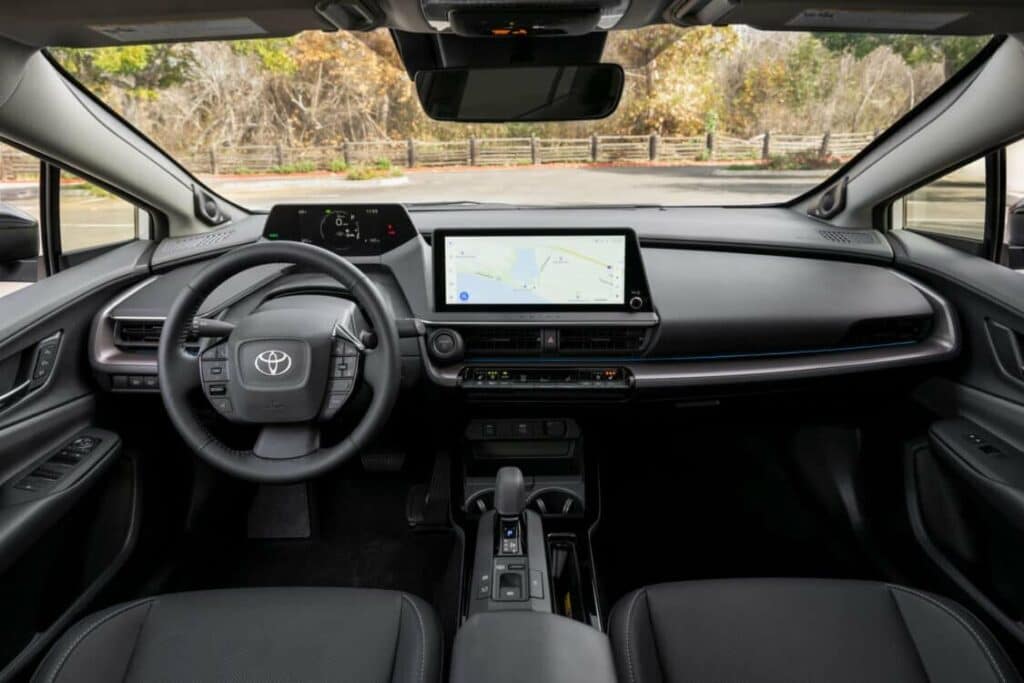
Conclusion: A Legacy of Innovation OF Toyota Prius
Then came Toyota Prius, which changed the face of the automobile industry. How we think about transport and how we think about sustainability-all this has been transformed. As the earth marches towards greener solutions, in every way, Prius takes its place in people’s hearts as a badge of honor for Toyota-not just innovation and efficiency but responsibility toward nature.
Since its launch in the market, Prius has merely created a market for the hybrid vehicle. It is simply the flawless marriage of state-of-art hybrid technology, excellent fuel economy, and environmental sensitivity with tremendous appeal to the environment-conscious all over the world.
Having been in its fifth generation now, the Prius is placed statically, but so far as evolution is concerned, the scenery continues to paint in the motoring world Toyota keeps outlining the performance and the technological aspect of the vehicle within the limits of this fast shifting automotive landscape. So far as this regard is concerned, the Prius, as a hybrid or a plug-in hybrid will play the most important role in the initiative of cleaning transportation and the environment for the future.